AO Edited
Shreveport Water Works Museum
One of the largest collections of intact Victorian-era waterworks equipment in the world.
In a northern Louisiana town near the Texas border rest the remains of McNeil Street Pump Station, the last steam-powered water treatment plant in the United States. Although the plant held onto steam power all the way into the 1980s, it was at one time a cutting-edge water treatment facility. Shreveport was among the first cities in the nation to use chlorine for water treatment and led the way in adopting early filtration.
The entirety of the pumping station is now preserved as the Shreveport Water Works Museum, cementing it as one of the largest collections of intact Victorian-era waterworks equipment in the world. Its significance to both local history and the evolution of technology has earned the museum a solid collection of accolades, including being designated as both a National Historic Civil Engineering Landmark and a National Historic Landmark.
Though the facility no longer supplies the city with water, some life can still be found in its pipes. Many of the displays are accompanied by working scale models of the water filtration process they enacted. Additionally, the steam-powered whistle that once alerted the town to fires and other emergencies still has its voice —with the permission of a tour guide, visitors can open the valve and hear the cacophonous whistle for themselves.
Know Before You Go
Admission is free; a railroad museum is also on the property

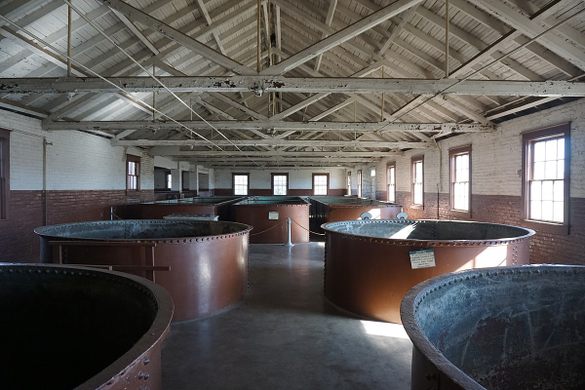
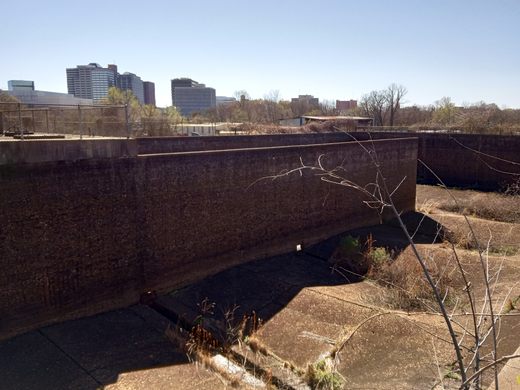
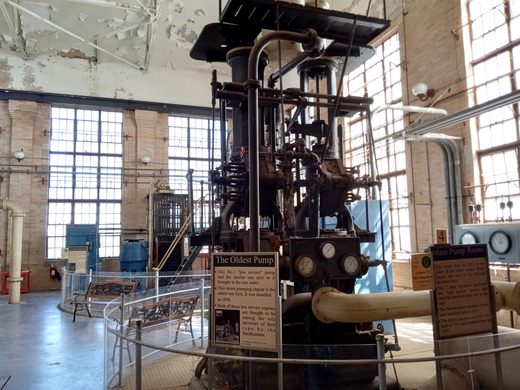
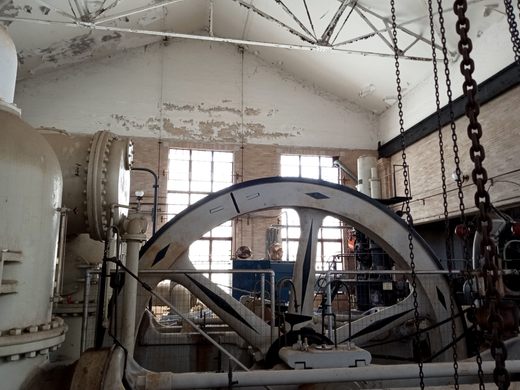



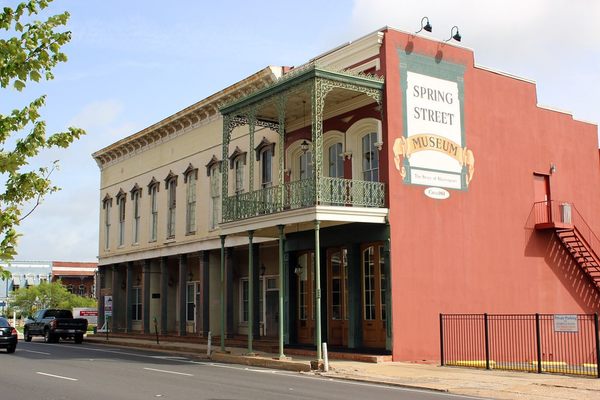



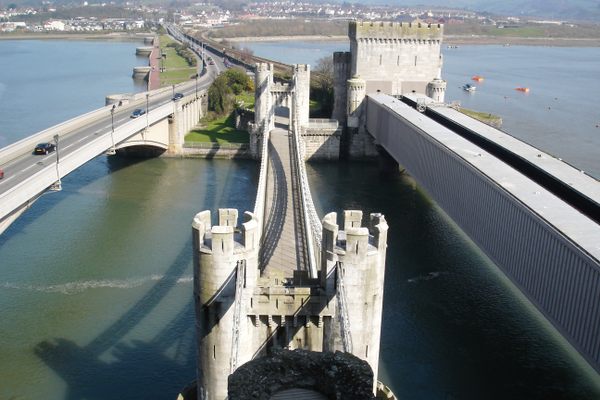

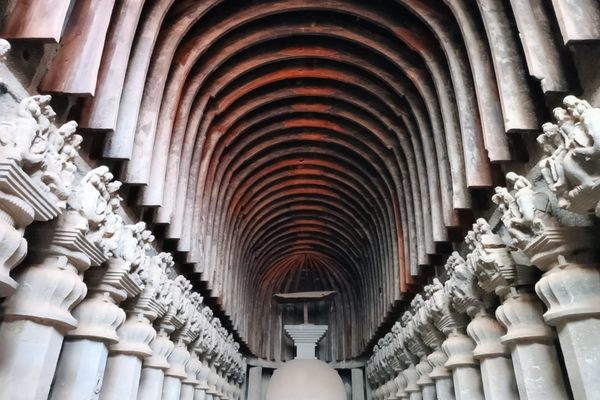

Follow us on Twitter to get the latest on the world's hidden wonders.
Like us on Facebook to get the latest on the world's hidden wonders.
Follow us on Twitter Like us on Facebook